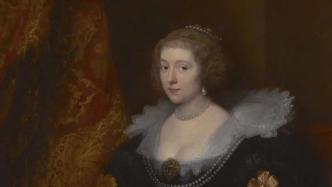
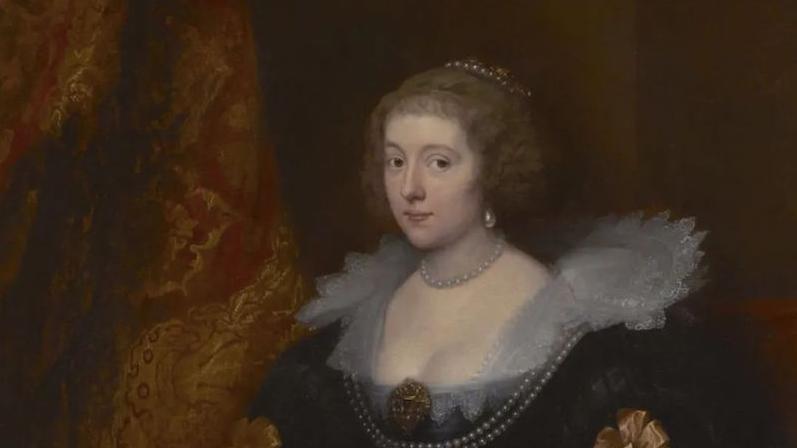
"From Botticelli to Van Gogh: Collections of the National Gallery of England", which presents the epitome of European art history spanning more than 400 years, is still on display at the Shanghai Museum. On April 18, another exhibition presenting the history of Western painting—— "400 Years of Western Figure Painting: Tokyo Fuji Art Museum Collection Exhibition" was exhibited at Shanghai Powerlong Art Museum. The Paper saw at the scene, from Baroque court painter Van Dyck, neoclassical master Ingres, romantic masters Goya and Delacroix, to Klimt, Chagall, Magritte, Qi The exhibition spans from the 16th century to the 20th century, and tells a brief history of the development of Western figure painting with 57 works.
This exhibition focuses on the portraits drawn by artists of different eras, presenting the process of Western painting over the past 400 years from grand mythological and religious themes to luxurious court paintings, and then to depicting the general public.
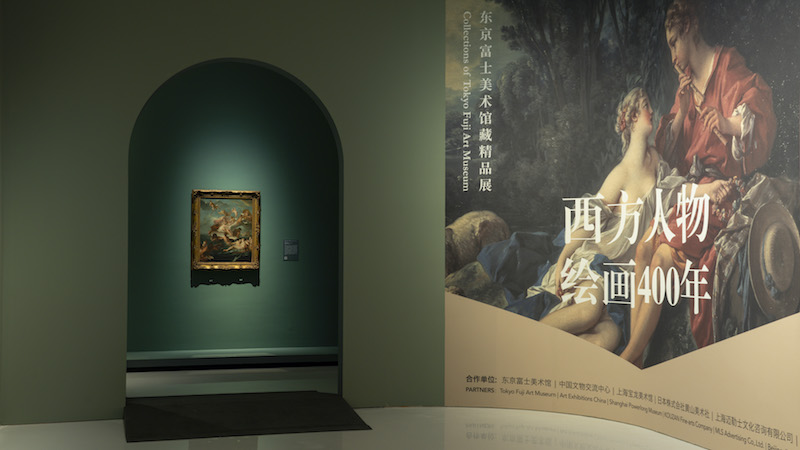
exhibition site
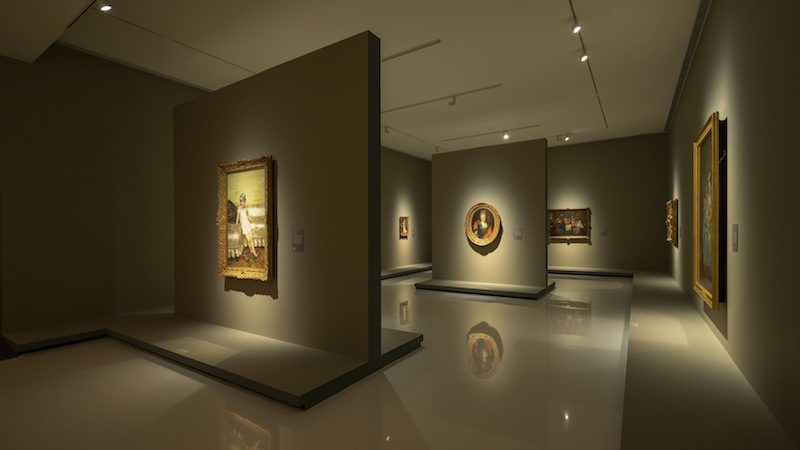
exhibition site
Tokyo Fuji Art Museum collection comes to Shanghai for the second time
The Paper reporter learned that all the works in this exhibition come from the Fuji Art Museum in Tokyo, Japan. The Tokyo Fuji Art Museum was proposed by the Japanese writer Mr. Daisaku Ikeda. Its collections include oil paintings, prints, sculptures, photography, lacquerware, ceramics, swords, armor and badges, totaling more than 30,000 pieces of Eastern and Western art Treasures, among which fine Western paintings from the Renaissance to modern times are its core collection areas. Satoshi Gokita, director of the Fuji Art Museum in Tokyo, once told reporters, "The art museum was established in 1983 and opened in 1983. In the following 35 years, we have added some collections to the museum every year. Especially in the During the 1990s, we increased our collection of Western paintings."
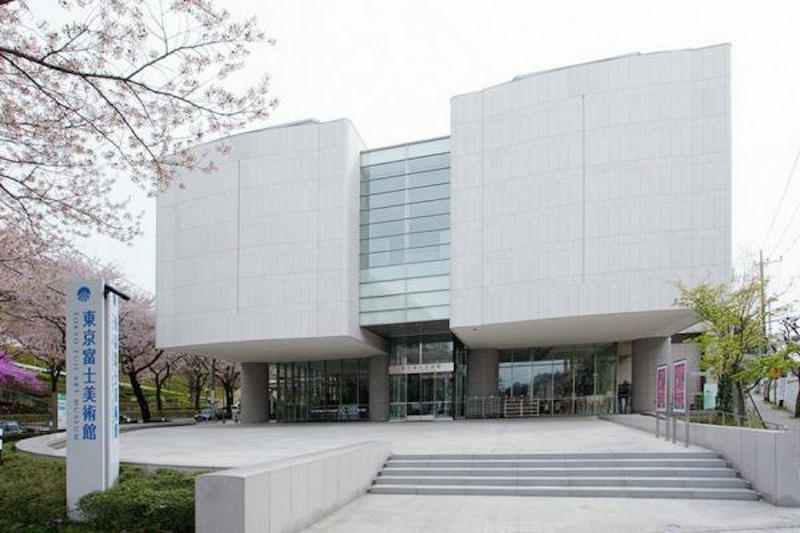
Fuji Art Museum, Tokyo, Japan
In 2019, Shanghai Powerlong Art Museum selected the classic works of Tokyo Fuji Art Museum and held the "500 Years of Western Painting - Tokyo Fuji Art Museum Collection Exhibition", which attracted widespread attention from art lovers. The second cultural exchange with Powerlong Art Museum.
With the Italian Giotto's achievements in painting, Western painting has gradually changed from the ancient, rigid and serious medieval art to the Renaissance art that gave birth to countless artistic miracles. A prosperous period of diverse development of beliefs, rights, status, and folk customs. No matter the theme involves mythology and religion, identity and status, court and folk, there are always excellent figure paintings that can be handed down from generation to generation.

Édouard Vuillard "Lady and Child"
Gokida Satoshi said, "Western academic painting circles have long had a hierarchy of themes, and the value of works is often determined by the hierarchy of themes. History paintings have the highest grade, followed by portrait paintings, followed by genre paintings, landscape paintings, Still life painting. It was not until the second half of the 19th century that hierarchical division was abolished and discrimination against subjects was eliminated. In the collections of our museum, there are many outstanding portraits, ranging from official portraits of Western courts to private portraits of ordinary citizens. Appreciate the characteristics of characters of different classes. In addition, in the field of history paintings and genre paintings, there are also skillful and colorful depictions of characters.”
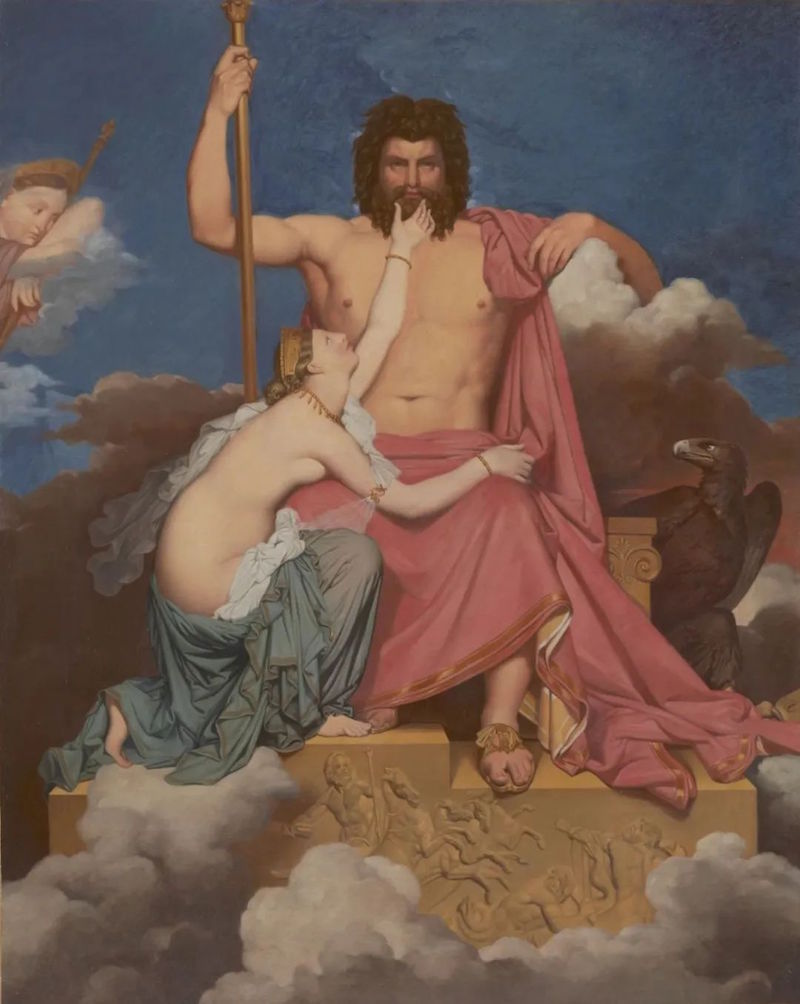
Jupiter and Thetis (Roman Lord of the Gods and Greek Goddess of the Sea) Jean-Auguste-Dominique Ingres
Ma Zhenzhen, the curator, told reporters that unlike previous exhibitions that sorted out art history, this exhibition has a focus—portraits. "Now there are many Western classic painting exhibitions, which also triggers some thinking among our practitioners: How can we continue to introduce classic painting exhibitions in the future? At the same time, we must not make the audience feel that these exhibitions are similar. Therefore, we decided to introduce The theme of the exhibition is more focused, and this exhibition is also a relatively new attempt.”
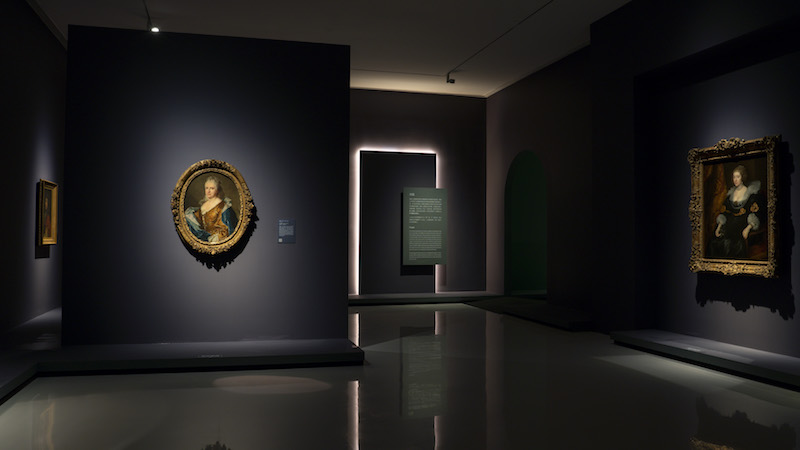
exhibition site
The Development Course of Western Figure Painting
In the development of Western art, the origin of figure painting must be traced back to myths and legends or religious stories. Because images, as the most direct way of information transmission, can ignore the limited degree of social civilization, as well as the barriers of writing and cognitive abilities of the general public; thus realizing the direct mission of worshiping gods or religious beliefs. Artists use their imagination and creativity to visualize the gods and the legends and stories of the "Bible" and become popular images.

"Flora" by Ambroise Dubois
Entering the exhibition hall, in the first section "Divine Domain", the first thing you can see is "Flora" by the Flemish artist Ambroise Dubois, holding a vase in her arms, her body turned to one side, her eyes Looking forward, it seems to be communicating with the viewer. Flora is the goddess of flowers in ancient Roman mythology. Later, she was gradually separated from mythological paintings and became a separate subject of goddess statues. Later, she appeared in the form of portraits of "women playing Flora", depicting young women holding flowers. During the Renaissance, this subject was favored by painters such as Botticelli and Poussin. And on the side, is the ancient Greek hero, Hercules, depicted by Theodore van Tulden.
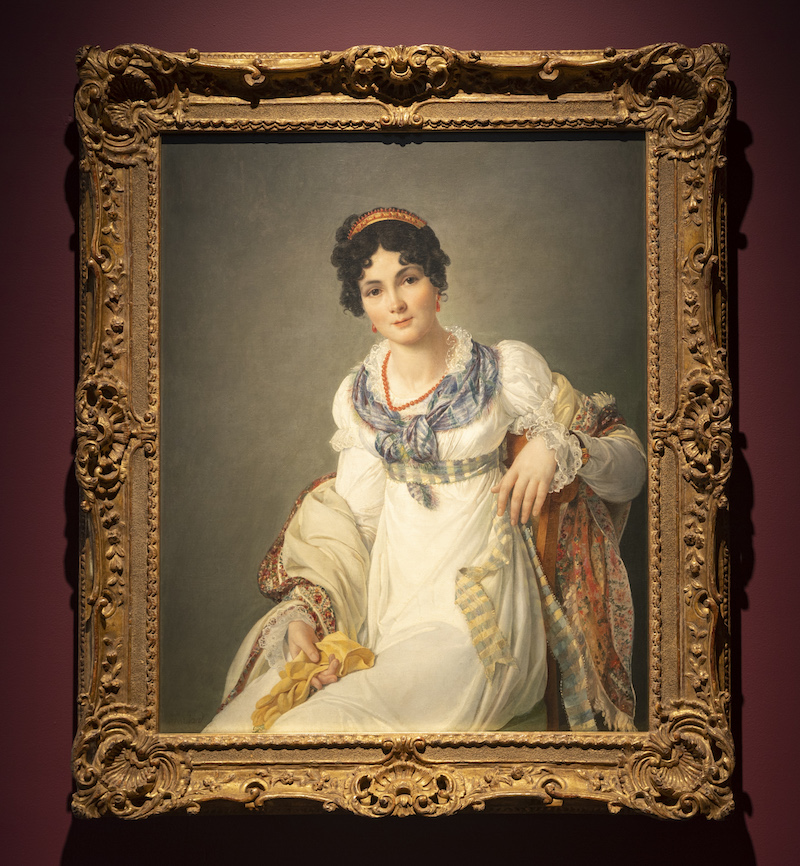
François-Henri Murad, "Portrait of a Fashionably Dressed Lady"
Walking through the "Divine Realm", you can come to the large section depicting the human world, which is also the key area of the exhibition, presenting the images of court figures and folk figures in the artist's pen.
Among them, court painting is another major type of painting after religious painting, and most of them are created or presented in the form of portraits. Different from religious paintings, most of the objects depicted in court portraits are well-documented real people. And this special group of people captures, constructs, and creates their own images by inviting artists to create customized portraits for themselves, thereby strengthening their identity, promoting their achievements, and stabilizing their status. Therefore, portraits and figure paintings from the court and based on rights must be closely related to political goals, desires for power, or considerations of personal heroism.
The development of humanism in the Renaissance promoted the transformation from "god" to "man", and when wealth and power were given to a small number of people, the world was first a stage dominated by the "court". In the exhibition hall, the audience can see Alexander the Great, the emperor of Macedonia in ancient Greece, which is a character drawn by the artist Bernardo Strozzi, depicting the scene where he sent messengers to return Abdulomino's looted crown, It is a very rare painting subject.
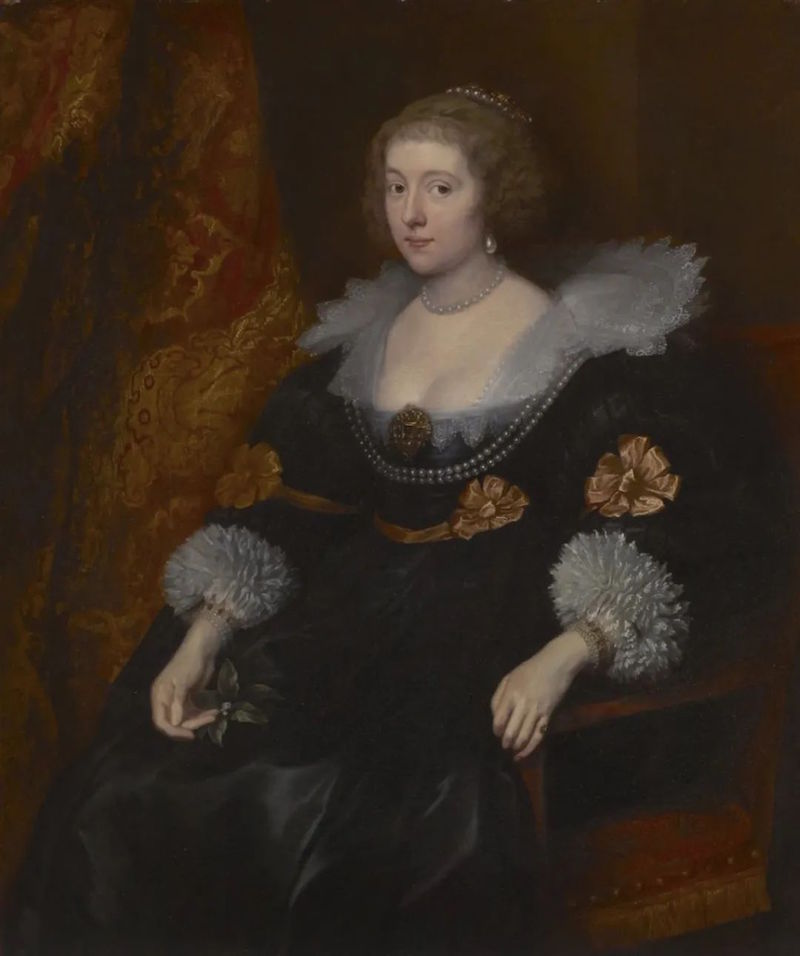
Anthony van Dyck, "Portrait of Amalia von Solmus-Braunfels"
Viewers can also see "Portrait of Amalia von Solmus-Braunfels" by Anthony van Dyck here. Anthony van Dyck is one of the most famous portrait painters after Rubens. He became the chief court painter of King Charles I of England by virtue of his excellent portrait painting skills and the revelation of the inner world of the models. In the exhibition, his wife, the prince, is dressed in a gorgeous black dress, pearl necklace and earrings, sitting slightly sideways and looking at the viewers. The whole picture has a strong contrast between light and dark, and the image of the woman is shining, and this style also established the aesthetic standard of the Charles Dynasty.

"Napoleon Crossing the Mount San Bernardo"
If we say that the Renaissance is still telling the story of thought and the power of belief to a large extent, the emergence of the Baroque style has begun to open up a subversive new trend in terms of creative techniques and forms of expression. In the 18th century, the extravagant and detailed Rococo style contrasted with the art before it. Jean-Marc Natier was one of the most successful portrait painters in France under the rule of Louis XV in the 18th century. His portraits were widely welcomed by noble ladies as a fashion at that time. His works are realistic and delicate. The painting style is plump and gorgeous. In the exhibition hall, the audience can see Natier's work "Portrait of the Marchioness of Amberburg". In the painting, she is dressed in a gorgeous silk dress, with a ruddy complexion and piercing eyes staring ahead. The blue curtain fluttering behind the Marchioness made her feel like she was on a stage again.
In addition to the portraits of the aristocratic crowd, "Napoleon Crossing the Mount Saint-Bernard" drawn by Jacques-Louis David's studio is a special figure painting, highlighting the image of Napoleon's heroic, courageous and resolute commander. In the Second Anti-French Coalition Campaign in 1800, Napoleon led an expedition to Italy, boarded the Alps, took a shortcut and crossed the St. Bernard Pass, and won the victory with an unexpected blow. The victory of this battle established Napoleon's path to the peak of power. The artist dramatized and idealized this scene.
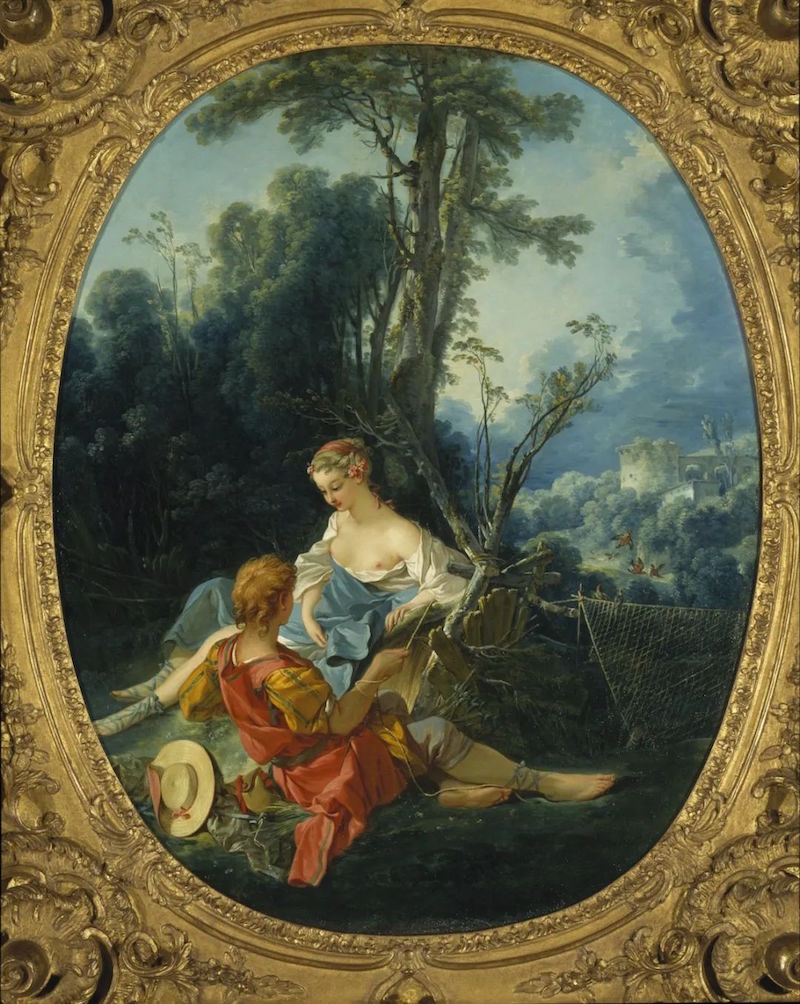
Francois Boucher "Country Pleasures"
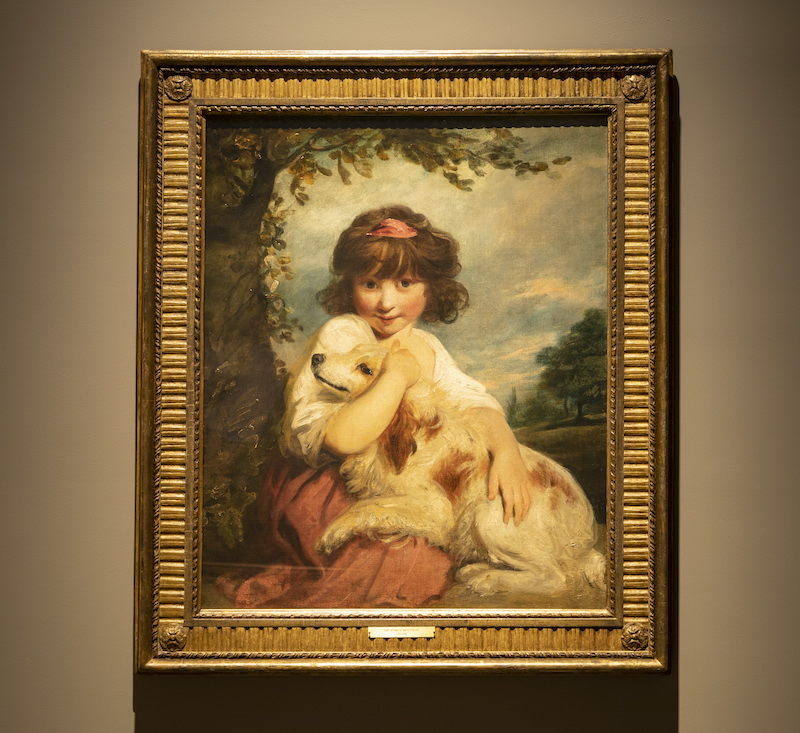
Joshua Reynolds "Girl and Dog"
In addition, in the exhibition hall, the protagonists of many works are ordinary people, presenting the depiction of ordinary people by artists at that time. And this is also the most direct manifestation of the artist's concern for the humanism that continues to advance and develop in the torrent of history. Here, François Boucher delicately depicts an elegant couple and their gorgeous soft silk dresses in soft tones; Joshua Reynolds' "Girl and Dog" is a departure from the classical style , and turned to pursue a free and friendly style of painting, the little girl in his works is enjoying the present carefree.
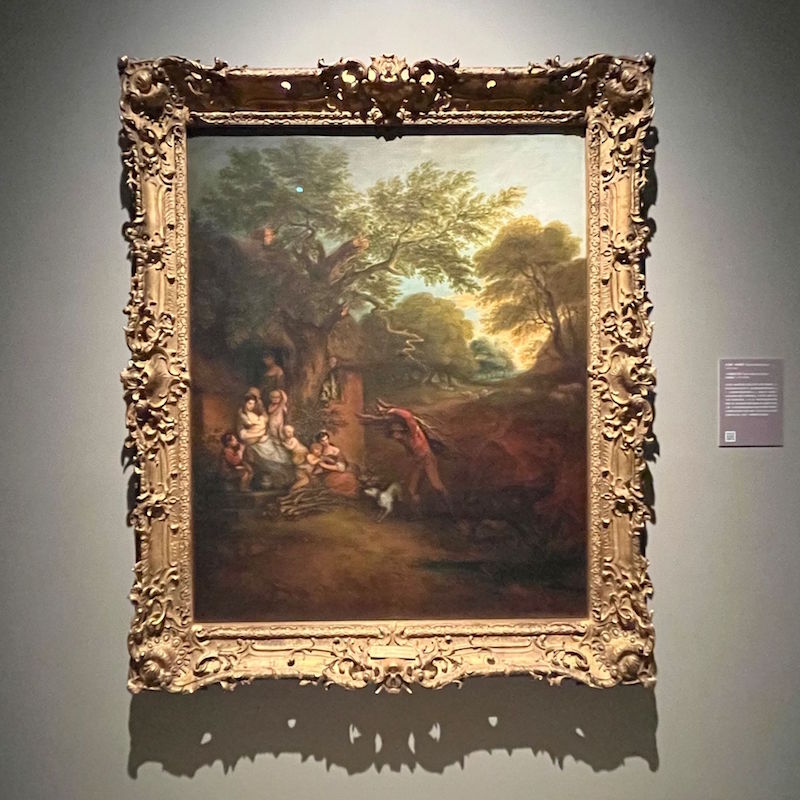
Thomas Gainsborough "The Figure Before the Cabin"
Among the artists in this section, Thomas Gainsborough is one of the best known. Gainsborough was one of the founders of the Royal Academy and one of the founders of British landscape painting. In the exhibition hall, his work "People in Front of the Cabin" is not a figure painting, but the artist painted a group of rural characters busy with their own lives in front of the rural cottage in light and elegant colors, reflecting an idealized rural scene.
Another well-known artist was Jean-Baptiste Camille Corot, an important member of the Barbizon School. In Corot's pen, the hero Judith is portrayed as a country girl with no sacred aura and even obvious facial features. Her body turned slightly to the right, her head slightly tilted, her eyes looking at the ground, her clothes were simple, and her expression was calm.
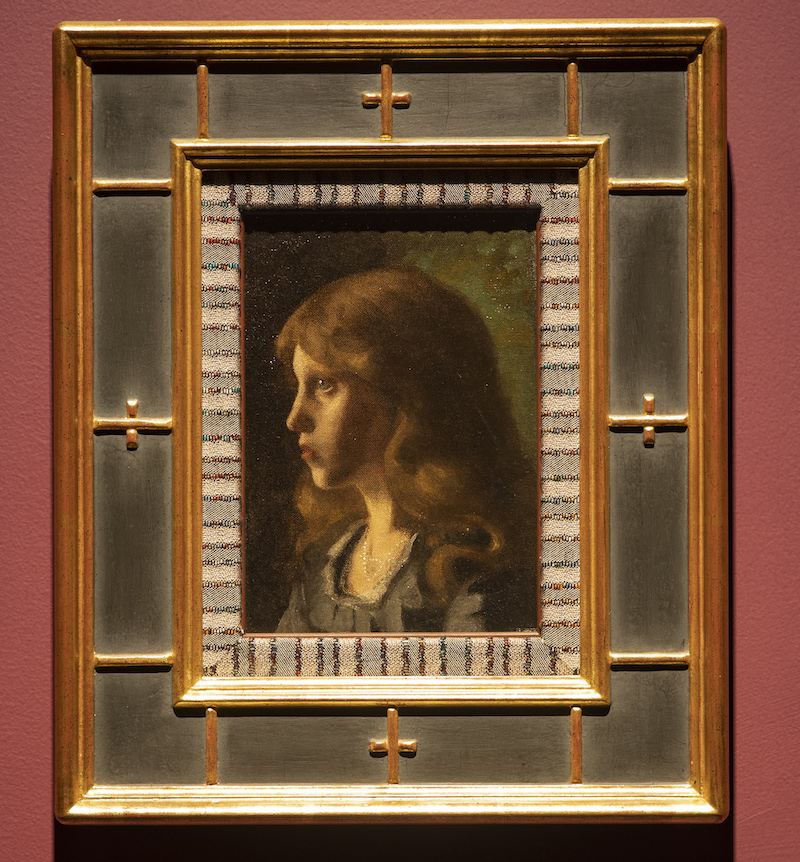
Klimt's "Lady Facing Left"
In addition, the audience can also see the early work "Woman Facing Left" by the Vienna Secession painter Gustav Klimt in the exhibition hall. At that time, Klimt had not yet left the Vienna School of Arts and Crafts, and his works were still in a period of relatively conservative academic style. The blond girl in the picture turns her head to the left, and the light shines in from the left side of the picture. In the picture summarized in calm green tones...the girl's gorgeous appearance has a little sadness.
In 2022, "Self-Portrait of Master Uffizi" was exhibited at Shanghai Dongyi Art Museum, presenting to the audience a history of self-portraits of Western artists.
Regarding the characteristics of this exhibition, Ma Zhenzhen said that this exhibition is a good complement to the "Self-Portrait of Master Uffizi". "The Uffizi Master Self-Portrait Exhibition presents himself in the eyes of the master of painting, but this exhibition presents others in the eyes of the master of painting. When the artist paints himself, it is more often an expression of true feelings and a kind of self-portrait for himself. states in various periods, including clear responses to life, spirit, and physical states. Self-portrait portraits are actually more of a dialogue with the self and an expression of true feelings. At the same time, artists also have to live with to make ends meet, so he must accept commissions. Among them, especially court paintings, serving the aristocratic class needs to meet the psychology and needs of customers, and his paintings will do some acceptable beautification. Therefore, when the artist depicts others, they The state of mind is not the same as when I portrayed myself."
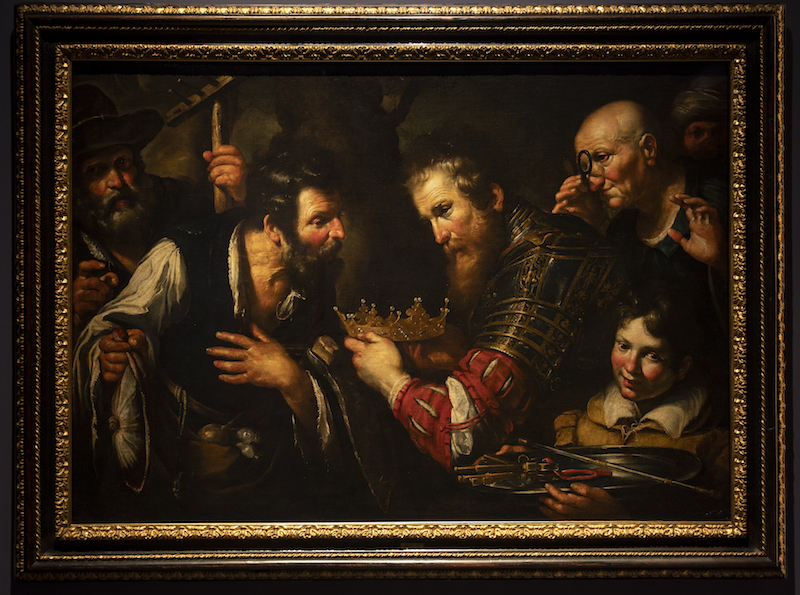
Bernardo Strozzi "Alexander the Great Returns Abdulomino's Dispossessed Throne"
The time span of works of art from the "court" to the "world" section is not large, and the gap in artistic style will not be widened until the emergence of modern art. The "Illusion" section at the end of the exhibition hall presents portraits of Chagall, Magritte, Chirico and others. Here, artists are dreamers, prophets, and reconstructors who combine real scenes and focus on infinite possibilities. Their works break the constraints of time and space and lead the audience to imagine the realm of fantasy.

abstract concept rene marguerite
"The exhibition hopes to show the audience how Western masters of different ages treated portraits. At the same time, we also hope to show the different functions that portraits of different ages may have." The curator said.
The exhibition will be on display until July 23